|
What are the latest concerns involving Africa?
Unlike in the previous decade, there are glimmers of hope within sub-Saharan Africa. Although the region remains significantly impoverished with generally poor governance, the long-stagnant economy has recently turned the corner with very impressive growth.  The devastation of the AIDs epidemic has diminished with the greater availability of anti-viral medications. Although armed conflict remains characteristic of some regions, the severity of these conflicts has not been as great. The devastation of the AIDs epidemic has diminished with the greater availability of anti-viral medications. Although armed conflict remains characteristic of some regions, the severity of these conflicts has not been as great.
But problems continue throughout the continent on multiple fronts:
Sudan-Darfur
Darfur is a poor region in southwestern Sudan historically populated by non-Arab indigenous African tribes. Beginning in 2004, the government of Sudan and allied Arab militia, called
Janjaweed, accellerated a strategy of ethnic-based murder, rape and forcible
displacement of civilians in the western province of Darfur. The violence was in response to an
insurrection against the Arab rule by ethnic minorities in this region but the government's
genocidal response has provoked international condemnation. Over 100,000 have lost their lives
due to the violence and almost one million Darfurian civilians have been forced to flee their
homes and many have lost family members, livestock and
all other assets. The problem in the region is an outgrowth of many years of ethnic and economic
conflict between pastoral Arabs in the northern portion of the province and agricultural blacks in
the central and southern regions. Coercive migrations have forced millions into refugee camps or across the border, creating a humanitarian crisis. Although a cease fire was negotiated in 2010, the violence has continued.
Somalia
Throughout the 1990's, there was no central government in Somalia. Instead the region was dominated by rival rebel groups and there was extensive conflict. The United Nations attempted to intervene with very limited success. A transitional federal government was established in 2000 but it has not been successful in uniting the entire region. The radical group Al-Shabaab has been fighting the Somali government and an African peacekeeping force for control of the country. In October 2011Kenyan troops entered southern Somalia to assist the Somali military in the joint operation against Al-Shabaab. A new federal government was composed in August 2012 and this government has had more success in uniting the region. On September 1, 2014, a U.S. drone strike carried out as part of the broader mission killed Al-Shabaab leader Moktar Ali Zubeyr. Political analysts also suggested that the insurgent commander's death will likely lead to Al-Shabaab's fragmentation and eventual dissolution thus ensuring more stability to Somalia.
Libya
The Arab Spring protests in 2011 led to a civil war, western military intervention and the ousting and death of long time dictator Muammar Gaddafi. The civil war's aftermath led to violence and instability across the country, which erupted into renewed civil war in 2014. The ongoing crisis in Libya has so far resulted in tens of thousands of casualties since the onset of violence in early 2011 as various factions have sought power. The international ISIL movement is also involved. In January 2015, two factions agreed on a ceasefire and he country is now led by two separate governments, with Tripoli and Misrata controlled by forces loyal to one group while the international community recognizes Abdullah al-Thani's government and its parliament in Tobruk. In February 2015, ISIL in Libya released a video showing the beheading of 21 Egyptian Coptic Christians. Egyptian authorities carried out airstrikes on ISIL targets in Libya in response to the executions.
Central African Republic
The Central African Republic conflict is a civil war in the Central African Republic between a Muslim rebel coalition and government forces, which began in December 2012.
The rebels captured many major towns in the central and eastern regions of the country at the end of 2012. Several neighboring African countries sent troops to help the government hold back a potential rebel advance on the capital, Bangui. However, the capital was seized by the rebels in March 2013 and a transitional new government was established. In the aftermath from June to August 2013 there were reports of over 200,000 internally displaced persons (IDPs) as well as human rights abuses including the use of child soldiers, rape, torture, extrajudicial killings and forced disappearances. The situation remains chaotic.
South Sudan
South Sudan is a landlocked country in northeastern Africa that gained its independence from Sudan in 2011. The conflict began with an apparent coup in December 2013 which led to fighting between the country's two major ethnic groups, the Dinkas and the Nuers. More than 1,000,000 people have been displaced inside South Sudan and more than 400,000 people have fled to neighboring countries.
Nigeria
Nigeria has experiencing an insurrection by Boko Haram a jihadist group based in northeastern Nigeria. Boko Haram has killed more than 13,000 civilians between 2009 and 2015, including around 10,000 in 2014, in attacks occurring mainly in northeast Nigeria. Upwards of 1.5 million people have been displaced in the violence. The insurrection gained international attention when the group kidnapped 276 schoolgirls in April 2014.
Why is Africa a public policy concern?
Modern Africa  (Click to see map) is unique. It is
unique not because it is a refuge for many exotic animal species or because its population is
dominated by people of color. Instead, it is unique because until recently it has generally failed to progress
during a period in history where there has been substantial human progress. It is a continent which
has been beset by famine, disease, violent conflict and political unrest. (Click to see map) is unique. It is
unique not because it is a refuge for many exotic animal species or because its population is
dominated by people of color. Instead, it is unique because until recently it has generally failed to progress
during a period in history where there has been substantial human progress. It is a continent which
has been beset by famine, disease, violent conflict and political unrest.
Per capita income in sub-Saharan Africa compares unfavorably with every other region in the
world and is a pittance in comparison to Europe and North America.  (Click to see chart)
Almost half of the population of sub-Saharan Africa must live
on live on less than $1.25 per day. (Click to see chart)
Almost half of the population of sub-Saharan Africa must live
on live on less than $1.25 per day. 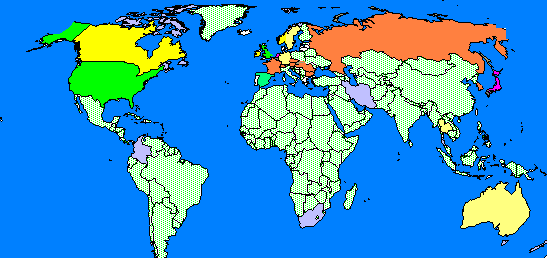 The rate of illiteracy is very high in most countries. The rate of illiteracy is very high in most countries. 
The continent has tremendous agricultural potential but much of the potential acreage is not under cultivation.  Nevertheless, in much of the continent over 80% of the
labor force is employed in agricultural endeavors. Nevertheless, in much of the continent over 80% of the
labor force is employed in agricultural endeavors.
 In marked contrast to other regions,
per capita agricultural output has steadily declined during the past half century. In marked contrast to other regions,
per capita agricultural output has steadily declined during the past half century.  Low
agricultural output per capita, a distinguishing feature of underdeveloped countries generally, is
even more pronounced in sub-Saharan Africa. Low
agricultural output per capita, a distinguishing feature of underdeveloped countries generally, is
even more pronounced in sub-Saharan Africa.  The result is that a substantial number of Africans
are undernourished. The result is that a substantial number of Africans
are undernourished.

Improvements in medicine and world health campaigns during the past century have greatly
increased life expectancy throughout most of the world. But these advances have mostly been absent
in Africa. The average life expectancy in sub-Saharan African is 50 years, almost half that of most
of the rest of the world. 
Despite disease and low life expectancy, the population of Africa continues to increase at a
rate disproportionate to the rest of the world.  The result of this high fertility rate
is that a disproportionate percentage of the population is under the age of 15. The result of this high fertility rate
is that a disproportionate percentage of the population is under the age of 15.  Because
this portion of the population is mostly not economically productive, this reality further hampers
economic progress. Because
this portion of the population is mostly not economically productive, this reality further hampers
economic progress.
Africa fares poorly when compared to the world's other developing regions in terms of per capita income  , poverty , poverty  , primary school completion rate , primary school completion rate  , and access to improved water , and access to improved water  . In fact,
Africa dominates the bottom portion of the U.N. ranking of the world's countries based on
development. . In fact,
Africa dominates the bottom portion of the U.N. ranking of the world's countries based on
development.  The overwhelming external debt incurred by these countries has been such an impediment
to development that much of it has been recently cancelled through the intervention of the G8
countries in 2005. Sub-Saharan nations dominated the list of countries entitled to debt relief.
The overwhelming external debt incurred by these countries has been such an impediment
to development that much of it has been recently cancelled through the intervention of the G8
countries in 2005. Sub-Saharan nations dominated the list of countries entitled to debt relief.
Why has Africa's course been different than elsewhere?
The most obvious deficiency has been political.
The colonial powers which ruled Africa until the 1960's did little to instill any meaningful
economic development for native Africans. Instead the entire focus was on economic exploitation of
the continent's resources. Whatever infrastructure that was developed was solely for the purpose of
export. There was no attempt to establish any significant education system even at the primary
level.
Africa's colonial period ended abruptly in the 1960's when the European powers determined that
the economic rewards of colonialism did not justify the costs of repelling an increasing number of
revolutionary movements throughout the continent. But the aftermath of colonialism has been
disastrous just about everywhere. Most countries have endured regimes controlled by military
strongmen who have little interest in economic development or the public good. Instead, for the
most part they are most interested in enriching themselves, their families and tribal associates.
Africa dominates Transparency International's list of the most corrupt countries. 
Visionary leaders have appeared at times in some countries but their efforts and accomplishments
have been short lived. For much of its recent history, Africa became a minor cold war battlefield,
such as in Angola where a Communist-sympathizing government imported Cuban soldiers to battle U.S.
supported insurgents. But Soviet-style economic plans in countries such as Angola, Guinea,
Mozambique and Ethiopia fared even worse than economies presided over by Western-supported
dictators.
Another enormous obstacle to progress involves culture and language. Eighteen countries have
more than one official language; many have several. Thousands of native languages are spoken
throughout the continent; in Nigeria alone there are over 500 spoken languages.  In most
countries, no one language is spoken by the majority of the people. In most
countries, no one language is spoken by the majority of the people.  The plurality of languages makes
effective communication difficult and perpetuates tribalism - a feature that still dominates
African values. Tribal loyalty and rivalries interfere with cohesive efforts at achieving
fundamental reforms and have been responsible for many armed conflicts in the continent. The plurality of languages makes
effective communication difficult and perpetuates tribalism - a feature that still dominates
African values. Tribal loyalty and rivalries interfere with cohesive efforts at achieving
fundamental reforms and have been responsible for many armed conflicts in the continent.
Is this dismal assessment true of the entire continent?
No. The northern countries of Egypt, Libya, Algeria, Morroco, and Tunisia are Arab countries
which have 20th century histories which are more similar to their Mideast Arab neighbors
and they are far more advanced than the southern countries. South Africa, a country rich in
resources and run by European immigrants until just recently, has achieved substantial economic and
political development.
Otherwise, the modern developmental histories of the sub-Saharan countries are remarkably
similar. This is even true of countries which are fortunate to have access to mineral wealth
(Botswana and Guinea) or oil (Angola and Nigeria). The wealth which has existed has been largely
squandered through corruption and poor planning. Income inequality and unemployment is quite high
in all of these countries.
What is the impact of the AIDs epidemic?
In comparison to the rest of the world, the dimensions of the AIDs epidemic in Africa are
staggering.  The southernmost countries have been particularly affected.
The southernmost countries have been particularly affected.  AIDS has had
a dramatic effect on life expectancy. AIDS has had
a dramatic effect on life expectancy.  Because AIDs attacks the economically productive portion of the
population, it has seriously affected economic activity Because AIDs attacks the economically productive portion of the
population, it has seriously affected economic activity  , adding to the overall cycle of poverty and
hopelessness that grips much of the continent. , adding to the overall cycle of poverty and
hopelessness that grips much of the continent.
In much of the rest of the world AIDs is no longer a killer. Instead, the condition is
controlled by a combination of antiretroviral medications (ARVs) which substantially reduce the
debilitating aspects of the virus and have the added benefit of making the disease less contagious.
The cost of providing these medications is minimal when measured against the enormous health care
and productivity costs. There has been substantial progress in the past decade in increasing the
availability of ARV medications in Sub-Saharan Africa but in most countries, they are still
reaching less than 50% of the infected population.

As a result of medications and behavioral changes, the epidemic has begun to stablize and there
has been a slight overall reduction in prevalence of HIV since the early part of the decade.  The decline has been particularly dramatic in some of the most affected countries.
The decline has been particularly dramatic in some of the most affected countries.  Nevertheless, the World Health Organization estimates that 1.7 Africans were newly
infected with the virus in 2007; over 2/3 of such new infections globally.
Nevertheless, the World Health Organization estimates that 1.7 Africans were newly
infected with the virus in 2007; over 2/3 of such new infections globally.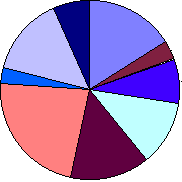 The
U.S. is a major donor in combating AIDs in Africa although other countries are spending a greater
portion of their economies on such aid. The
U.S. is a major donor in combating AIDs in Africa although other countries are spending a greater
portion of their economies on such aid. 
War seems to have been a constant in Africa? Why?
Africa dominates the map of world countries where there is and has been serious armed
conflict.  (Click to see map) (Click to see map) The good news is that
despite the tragic situation in Darfur, there has been a gradual diminishing of hostilities
elsewhere in the continent and the overall trend has been a reduction in direct casualties due to
violence. 
The major conflicts in the past two decades have been the following:
- Democratic Republic of Congo (formerly Zaire)

The hostilities in the Congo have their origin in the eastern region and have been associated
with the Rwandan conflict. When the Tsutsis regained control in Rwanda, Hutus attempted to seek
refuge in eastern Congo, then known as Zaire. When these refugees continued terrorist activity in
Rwanda, the Rwandan army invaded Congo and helped topple the regime of the longtime dictator Mobutu
and his successor Kabila. There have been many efforts to bring peace to the region and these
efforts have been gradually effective. However, there remains some anti-government activity in the
eastern region.
An estimated 350,000 deaths are directly related to conflict violence, while approximately five million deaths were from malnutrition and disease indirectly related to the violence.
Rwanda 
As has been the case in neighboring Burundi, this small densely populated East Africa country
has suffered sporadic conflict since 1959 as rival Hutu and Tutsi ethnic/social groups have
competed for control of the central government. Unlike Burundi, in Rwanda the Hutu majority has had
the upper hand but violence has been rampant. In October 1990, the predominantly Tutsi Rwandan
Patriotic Front (RPF) invaded from Uganda, demanding democracy and the right for refugees from
earlier violence to return to Rwanda. An accord was reached with the assistance of a moderate Hutu
leader but after this leader was killed in a suspicious plane crash in 1994, a massacre ensued
involving the genocide of Tutsis and moderate Hutus. Subsequently, Rwanda was invaded by rebels
from Zaire and reprisal killings occurred. In all over a million were violently killed in the
course of a few months. The tragedy occured before most world powers could react to the situation
and intervene. In the aftermath of this human carnage, a UN war crimes tribunal has conducted
proceedings involving atrocities from both sides to the conflict.
Subsequent to these events, a Tsutsi-led government reestablished itself in Rwanda and
subsequent developments significantly affected the conflict in Congo which has yet to fully resolve
itself. In the meantime Rwanda has improved its economy, primarily through tourism and the coffee
industry.
Burundi 
As is the case in neighboring Rwanda, this is a tribal conflict between the Watusi (Tutsis)
minority and the Hutu majority. Burundi has been subject to ethnic violence since independence from
Belgium in 1962. Tutsis mostly have held the reins of power as they did throughout the colonial
period. The current phase of the conflict began in 1988 when 20,000 or more Hutus were massacred by
the military following an uprising in northern Burundi. Later in 1993, after a Hutu prevailed in
elections, he was killed in a Tutsi-led military coup. The U.N. has attempted mediation and a
Tutsi-Hutu power-sharing agreement was reached in July, 2001 but fighting with many of the Hutu
rebel groups remains unaffected .
The turbulent conditions in Rwanda, Burundi and Eastern Congo involve historical tribal
rivalries. But the situation is exacerbated by a remarkable population density accompanied by an
overall absence of economic development in this region of East Africa. Virtually the entire area is
populated by illiterate peasants who attempt to feed themselves through primitive subsistence
agriculture. It is a situation involving too few resources and far too many people.
Sudan 
This former British colony in Northern Africa has been torn by a conflicts between the
Arab/Muslim north and the African/Christian south. The southern region has consistently sought
autonomy or independence from the south. The government has long been dominated by fundamentalist
Muslims and in recent years, the conflict has expanded to include more secular anti-government
Muslim activists in the north. The discovery of oil in the central region of the country has
complicated the problem. Although the problem in southern Sudan has been resolved, the violence
in the western region of Darfur has been the 21st century's major catastrophe.
Estimates of total fatalities since the beginning of the Darfur conflict range from 300,000 to 550,000. At least 3.5 million people have been displaced. Since 2007, an estimated 19,000 to 21,000 people have been killed and 1.5 million displaced. The conflict in South Sudan has led to the deaths of an estimated two million people. Since the Republic of South Sudan became independent in 2011, between 52,000 and 104,200 people have been killed in conflict.
Somalia 
Somalia is the scene of arguably Africa's worst humanitarian crisis: a third of the population
is dependant on food aid.
Somalia is a Muslim Arab country which was formed from the former British Somaliland and Italian
Somaliland. Its early years of independence were characterized by the rule of a dictator, Mohamed
Siad Barre, who installed a Communist-leaning government with strong ties to other Arab nations. In
the late 1970s, however, after Somalia began supporting ethnic Somali rebels seeking independence
for the disputed Ogaden region of Ethiopia (an adjacent region populated by Muslim Arabs), the
Soviet Union sided with Ethiopia, and Somalia won backing from the United States and Saudi Arabia.
Somalia invaded the disputed territory in 1977 but was driven out by Ethiopian forces in 1978.
Conditions in Somalia deteriorated after the Ethiopian invasion and Barre was deposed in 1991.
Since that time Somalia has been torn by strife and has lacked a functional government. The
self-proclaimed state of Somaliland and the region of Puntland run their own affairs. A UN-backed
transitional government emerged in 2004 for the remainder of the country. The provisional
governement faced a formidable task in bringing reconciliation to a country divided into clan
fiefdoms.
Its authority was further compromised in 2006 by the rise of Islamists who gained control of much
of the south, including the capital, after their militias kicked out the warlords who had ruled the
roost for 15 years. With the backing of Ethiopian troops, forces loyal to the interim
administration seized control from the Islamists at the end of 2006. Islamist insurgents -
including the Al-Shabab group, which the US accuses of links to al-Qaeda - fought back against the
government and Ethiopian forces, regaining control of most of southern Somalia by late 2008.
Ethiopia pulled its troops out in January 2009 and the situation has further deteriorated. The
long-standing absence of authority in the country has led to Somali pirates becoming a major threat
to international shipping in the area.
Angola 
The conflict was a continuation of civil war which preceded the country's independence from
Portugal in 1975. The conflict was also an episode in the cold war struggle between the U.S. and
the Soviet Union. At independence, the National Union for the Total Independence of Angola (UNITA),
led by Jonas Savimbi, refused to accept the new Soviet-backed government of the Popular Movement
for the Liberation of Angola (MPLA), and launched an extended bush war with the help of South
Africa and the United States. The government initially defeated this insurrection with the
assistance of Cuban soldiers but the resistance continued. UNITA was able to finance its
activities, including an estimated 30,000 troops stationed in neighboring Zambia and Democratic
Republic of the Congo, with some $500 million a year in diamond revenues from mines it controlled
in the country's northeast. The fighting continued, with Angola's army inflicting several defeats
on UNITA beginning in late 1999, weakening UNITA's still sizable forces. International restrictions
(2001) on the sale of diamonds not certfied as coming from legitimate sources also hurt UNITA, and
the death of Savimbi in battle in 2002 was a severe blow to the rebels, who subsequently signed a
cease-fire agreement. The hostilites have now been resolved.
In addition to the massive human toll that these conflicts have caused, they have generated
large numbers of refugees  and persons who have been internally displaced. and persons who have been internally displaced.  About a quarter
of all the world's refugees and displaced persons are from Africa. About a quarter
of all the world's refugees and displaced persons are from Africa.  The majority are wholly dependent
on international aid for survival and are totally removed from any type of economic activity. The majority are wholly dependent
on international aid for survival and are totally removed from any type of economic activity.
South Africa endured several decades of international condemnation before undergoing a
peaceful transformation to majority rule during the early nineties. How is the country faring?
South Africa's once considerable edge on the rest of the continent in development is declining. The
country's development ranking by the United Nations decreased in the last two decades although now it is slightly increasing.  The
transition has resulted in the emigration of a substantial number of the South African whites.
Since the first democratic elections of 1994 and the commencement of majority rule, 65,000 people
officially left South Africa, but due to the underreporting, the real figure may be between 130,000
and 195,000. More than half of emigrants are professionals, semi-professionals, managerial or
executives and it is estimated that more than 20% of South Africa's educated professionals had left
the country by 2001. A survey for the period 1998–2000 compiled by the United Nations ranked South Africa second for assault and murder (by all means) per capita and first for rapes per capita in a data set of 60 countries. Security concerns are a major reason many
consider leaving the country. The
transition has resulted in the emigration of a substantial number of the South African whites.
Since the first democratic elections of 1994 and the commencement of majority rule, 65,000 people
officially left South Africa, but due to the underreporting, the real figure may be between 130,000
and 195,000. More than half of emigrants are professionals, semi-professionals, managerial or
executives and it is estimated that more than 20% of South Africa's educated professionals had left
the country by 2001. A survey for the period 1998–2000 compiled by the United Nations ranked South Africa second for assault and murder (by all means) per capita and first for rapes per capita in a data set of 60 countries. Security concerns are a major reason many
consider leaving the country.
The transition has also not changed South Africa's standing among the world leaders in income
inequality.  Unemployment has remained high. Unemployment has remained high.  The AIDs epidemic has particularly
affected South Africa along with its other southern neighbors. The AIDs epidemic has particularly
affected South Africa along with its other southern neighbors.
What is happening in Zimbabwe (formerly Rhodesia)?
This once productive agricultural country is in turmoil at present. There is soaring
inflation and unemployment is estimated a 70%.
Like South Africa, this former British colony was under white control until the late 1980's.
Zimbabwe has been independent since 1987 and has been ruled by onetime Marxist Robert Mugabe since
that time. In 2000, the country began a land redistribution campaign which has caused an exodus of
white farmers, has crippled the economy and has resulted in widespread shortages of basic
commodities. By the end of 2002 some 600 white farmers remained (out of a pre- redistribution total
of 4,500), mainly on smaller holdings. Political turmoil has followed as Mugabe's rule was
challenged by Morgan Tsvangirai who is now part of a power share government after a contentious
electoral process.
What about Uganda? How has this country fared since the overthrow of Idi Amin?
This former British colony endured one of the more onerous regimes in modern world history
from 1971 to 1979. During those eight years, Amin expelled the country's Asians and decimated the
economy and infrastructure. The participation of Tanzania in the overthrow of Amin led to further
looting of the country by Tanzanians. Since the mid-1980's the country has been led by Yoweri
Museveni. Museveni instituted a series of measures, including cutbacks in the civil service and
army and privatization of state-owned companies, in a generally successful effort to rebuild the
shattered economy. But Uganda has been affected by the tribal strife in neighboring Rwanda,
Burundi, and the Congo in recent years. It is still a very poor country but has recently gained
recognition for its successful public health campaign against AIDs. 
What was involved in the recent conflict in Liberia?
This small West African coastal country has a unique history and a special relationship with
the U.S. It was founded by anti-abolitionists prior to the U.S. civil war and approximately 15,000
African-Americans were repatriated. This minority long dominated Liberian politics and the economy.
The instability in Liberia dates from the 1980's when a military coup led to native Liberian
control of the country for the first time. The government of the military leader, Samuel Doe, was
characterized by corruption and human rights violations and led to the exodus of many Liberians to
neighboring Guinea and the Ivory Coast.
Late in 1989, Liberia was invaded from Côte d'Ivoire by rebel forces of the National
Patriotic Front of Liberia (NPFL), led by Charles Taylor, who proclaimed himself president. Under
Taylor, the country has remained economically devastated while he and his family have enriched
themselves by looting Liberia's resources. In the late 1990s, Liberia was accused of supplying
troops to support rebel forces in Sierra Leone's civil war. Taylor, a long-time ally of the
Revolutionary United Front (RUF) in Sierra Leone, supplied the rebels with arms in exchange for
diamonds. In February 2000, rebel groups opposed to the Taylor regime united to form Liberians
United for Reconciliation and Democracy (LURD) with direct support from Guinea and indirect support
from Sierra Leone, the US and the UK. As the rebellion continued, U.S. forces ultimately entered
Liberia in July 2003 to insure the removal of Taylor from office.
Africa Links
Open Directory - Africa
Wikipedia - Post Colonial Africa
Wikipedia - Darfur
Wikipedia - War in Darfur
Wikipedia - Darfur conflict
Wikipedia - Second Congo War
Wikipedia - Elections in Kenya
Wikipedia - Robert Mugabe
Wikipedia - Sub-Saharan Africa
Wikipedia - Poverty in Africa
Wikipedia - HIV/AIDS in Africa
Wikipedia - Africa
Wikipedia - Languages of Africa
Wikipedia - Corruption in South Africa
Wikipedia - Second Liberian Civil War
US State Department - Bureau of African Affairs - Country information and regional topics.
Africa Studies Directory from Columbia University
United Nations Environment Program: African Outlook - an extensive review of Africa's current situation and possible future with particular emphasis on environmental concerns
CIA Factbook - Excellent for current information on each country
Project Ploughshares Armed Conflict Report - provides extensive details regarding armed conflicts throughout the world.
|
Charts
(click to enlarge)
Per Capita Gross Net Income in World Region
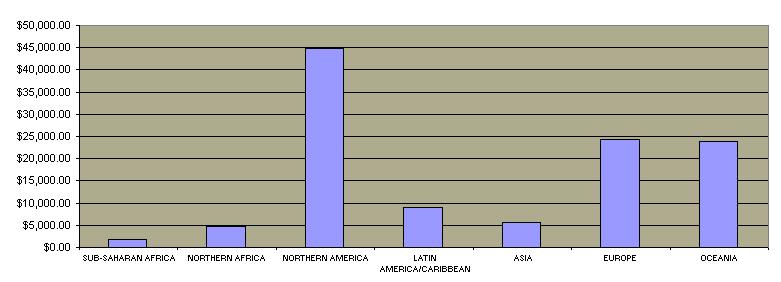
Percentage of Population Living on Less Than $1.25 a Day

World Literacy Rates

Percentage of Cultivated Arable Land in Africa
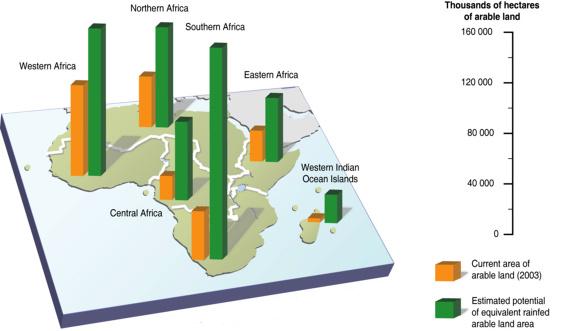
Percentage of Population Employed in Agriculture
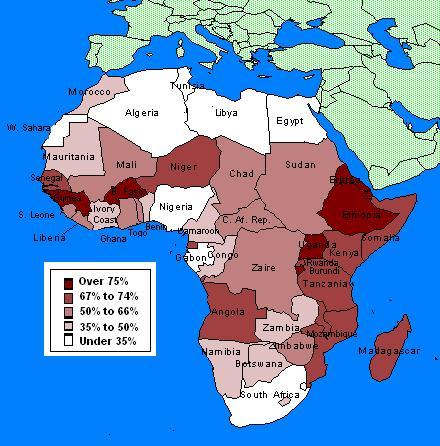
Changes in Per-Capita Agricultural Production By Region
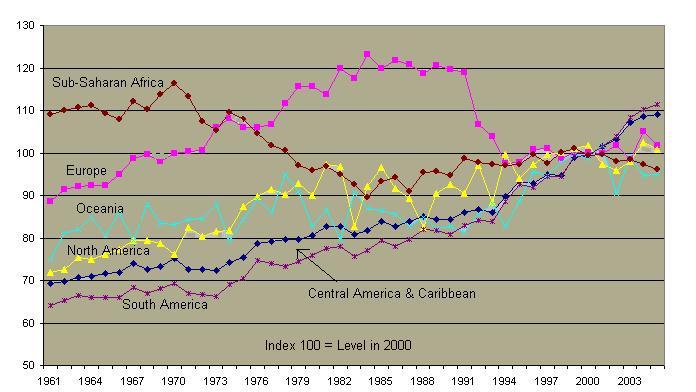
Per Worker Agricultural Output in Selected Regions
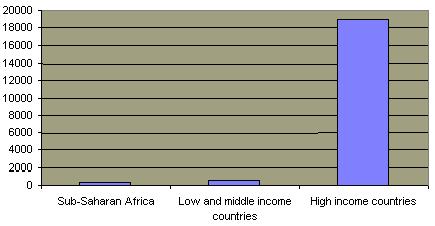
Degree of Undernourishment of World's Population

Life Expectancy in Major World Regions
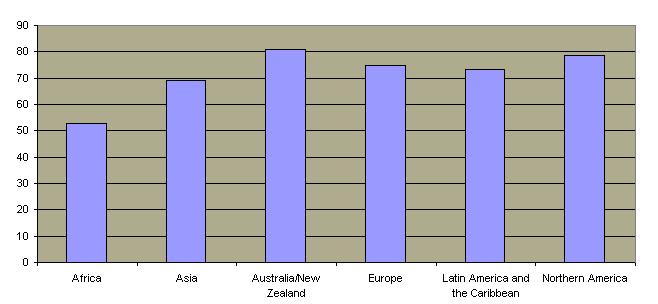
Population Growth Rate in Major World Regions
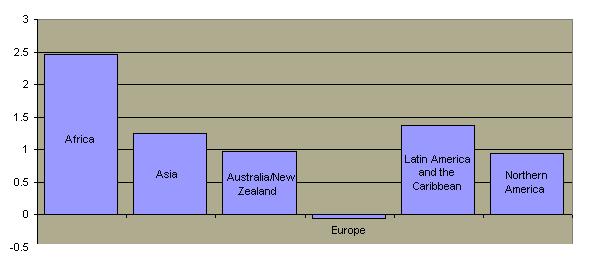
Percentage of World Population Under Age 15 in 2006
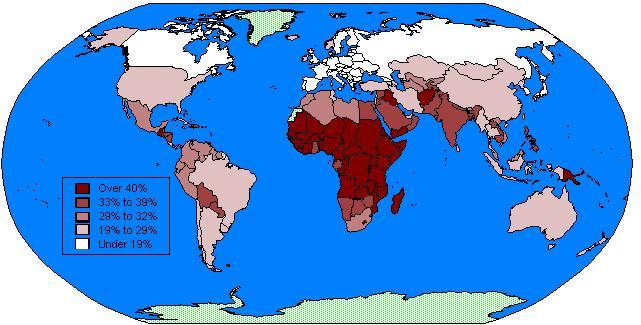
Characteristics of Human Development in Selected Regions
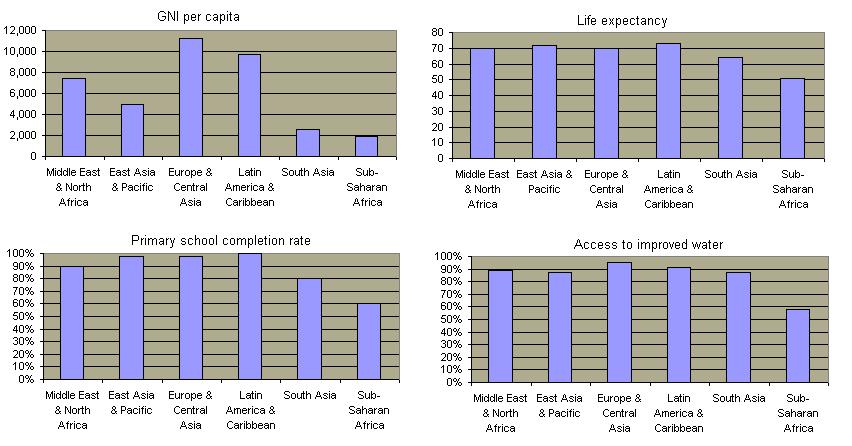
Human Development Levels in World Countries
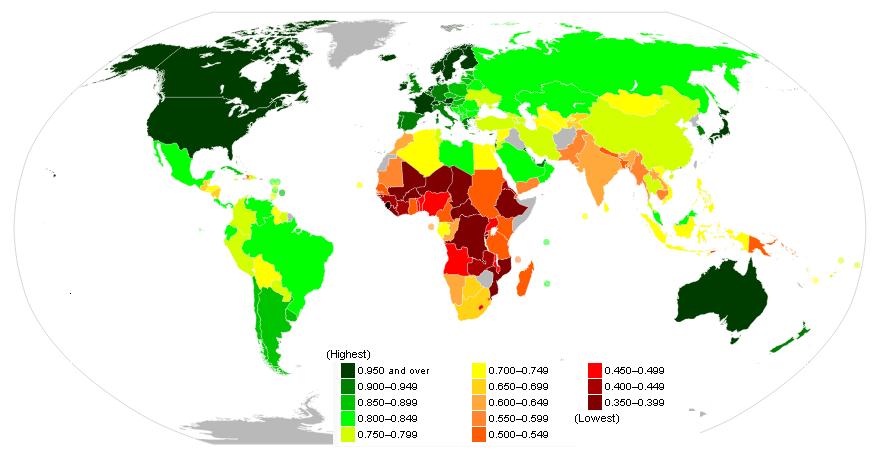
Countries Entitled to Debt Relief
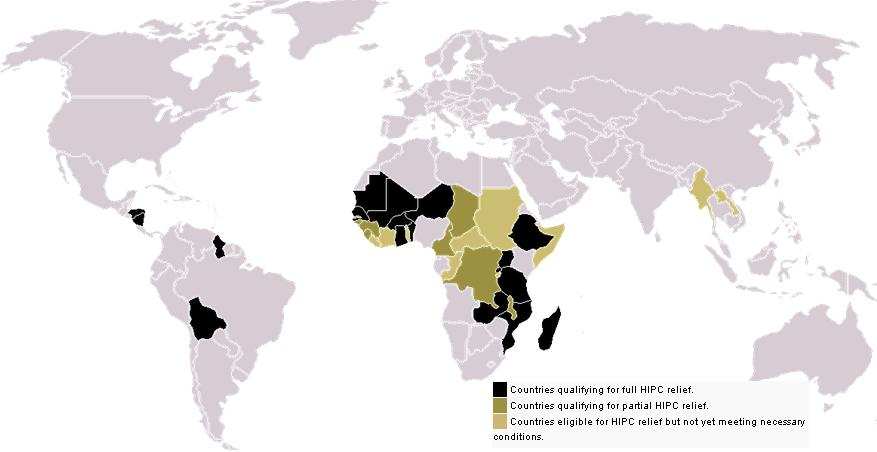
Perceptions of Corruption in World Countries 2008
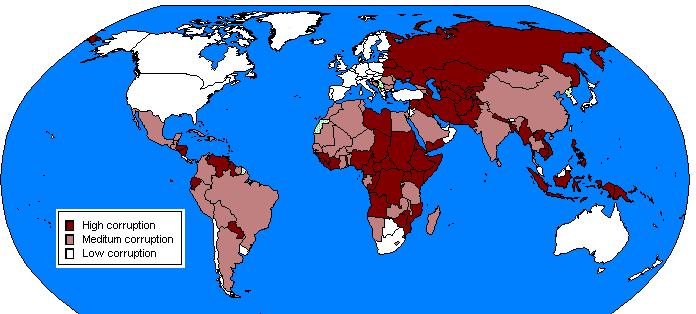
Official Languages and Total Spoken Languages in African Countries
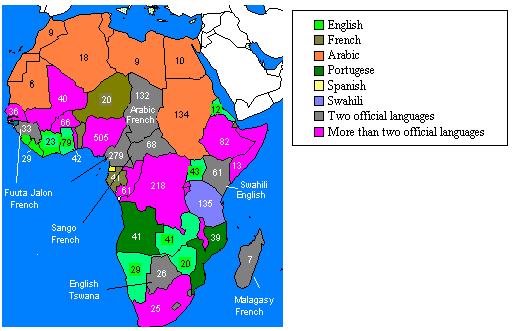
Countries Where Majority of Population Speaks a Common Language
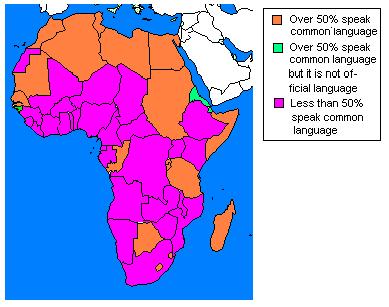
Adults Infected With HIV in Major World Regions

HIV Adult Infection Rate in Africa
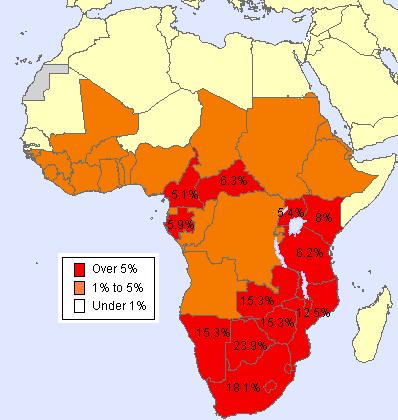
Changes in Life Expectancy in Selected Countries
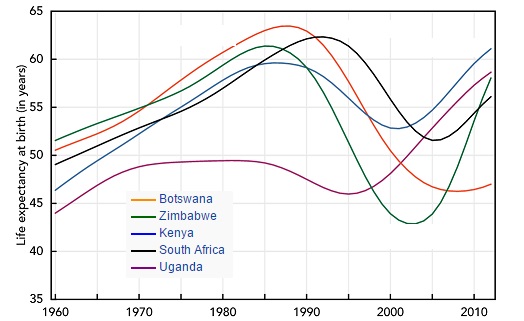
Relationship Between HIV Prevalence and Decline in Annual GDP Per Capita
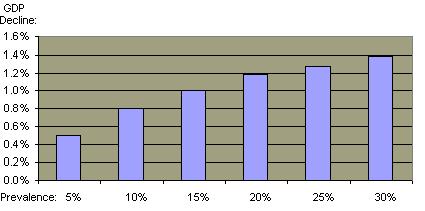
Percentage of HIV-Infected Persons Receiving Retroviral Medications
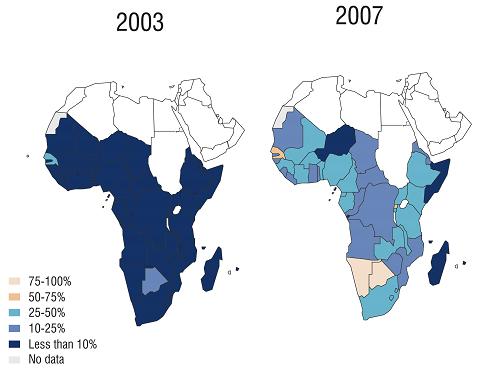
HIV Prevalence 1990-2007
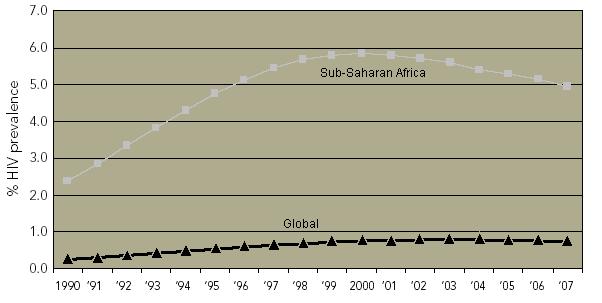
Changes in HIV Prevalence in Selected Countries
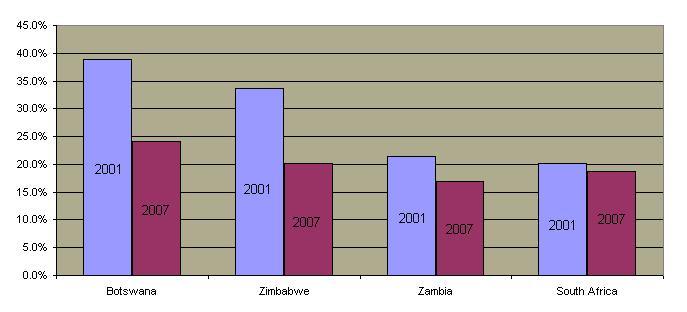
Estimated New HIV Infections 2007

HIV Funding By Major Donor Nations 2006
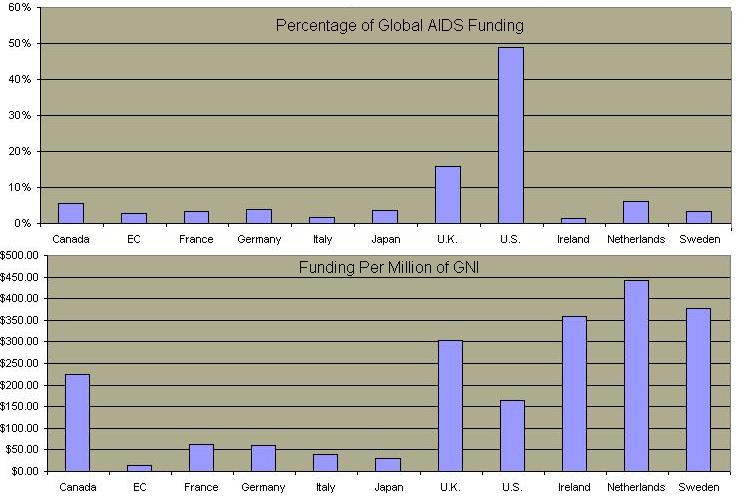
Major World Armed Conflicts 2007
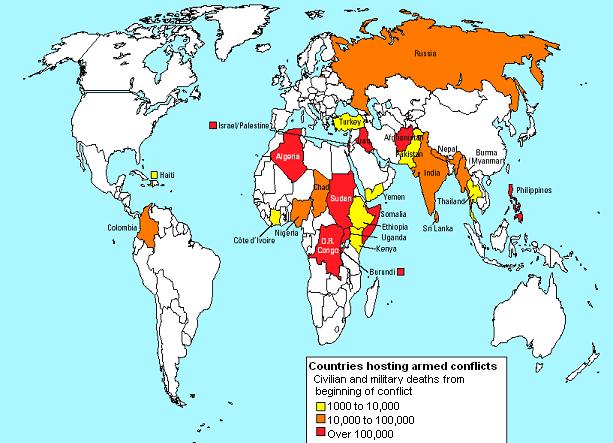
Battle Deaths in Africa 1960-2005
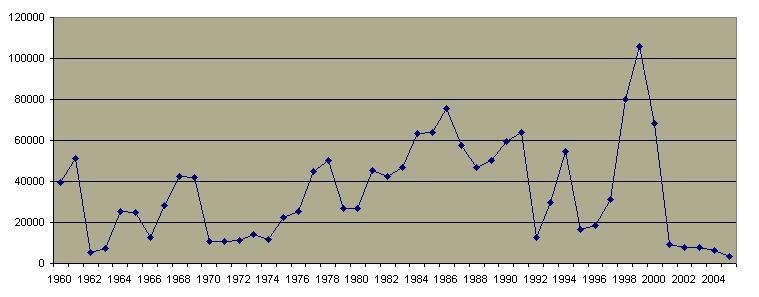
Countries of African Refugees
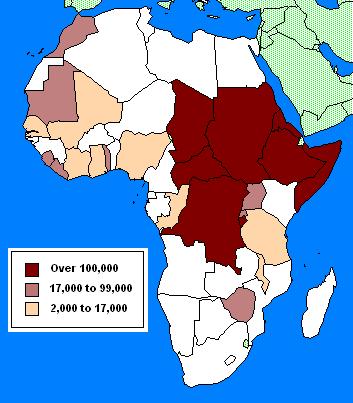
Congo
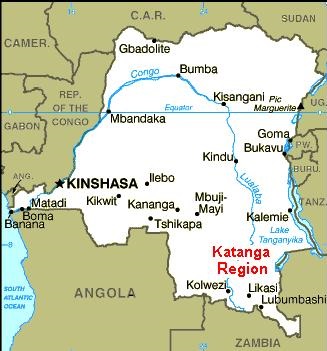
Map of Rwanda
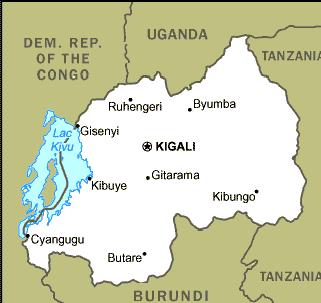
Map of Burundi
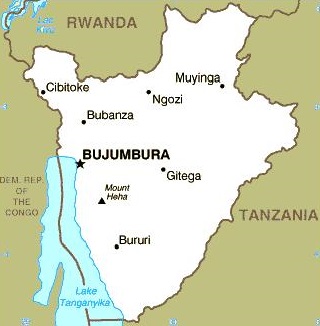
Map of Sudan
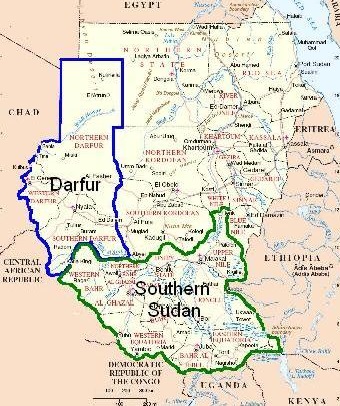
Map of Somalia
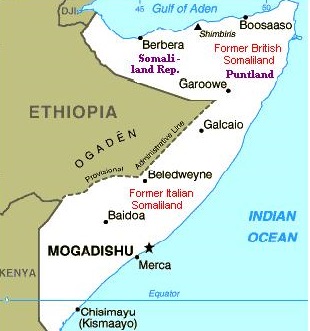
Map of Angola
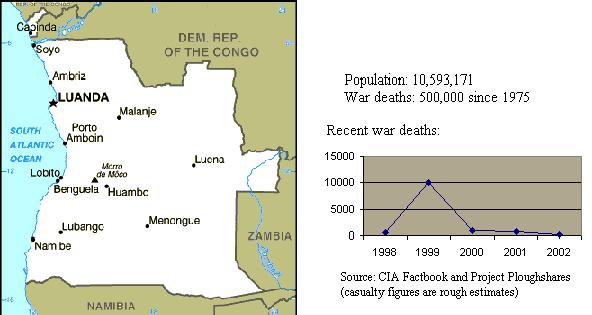
Person Internally Displaced in Africa
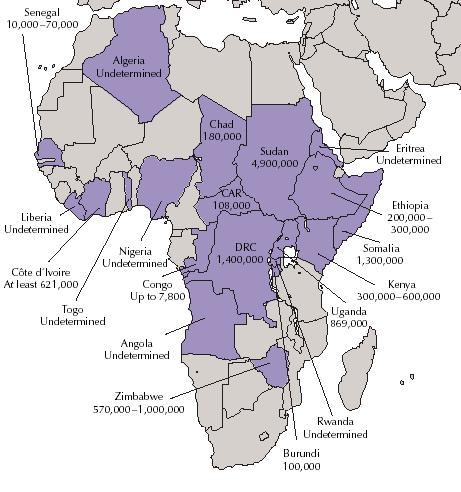
World Refugees and Internally Displaced Persons
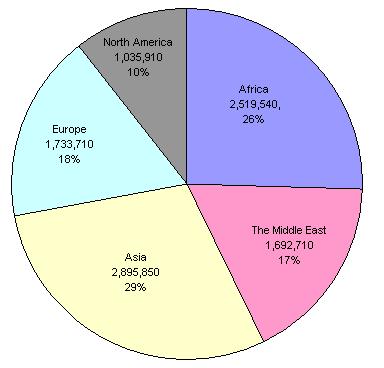
South African Development Ranking Among World's Countries

GDP Per Capita in African Countries
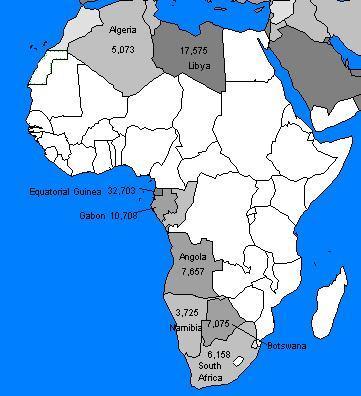
World Income Inequality Based on Gini Index
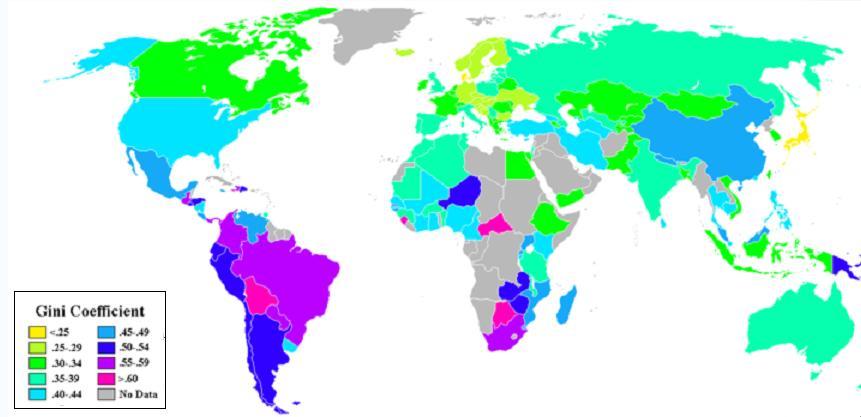
Unemployment Rate in South Africa 1995-2006
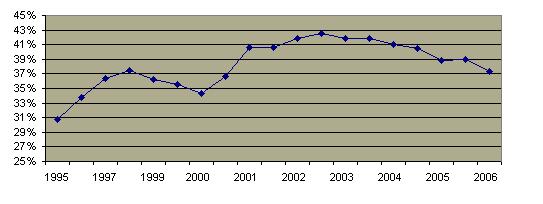
|

